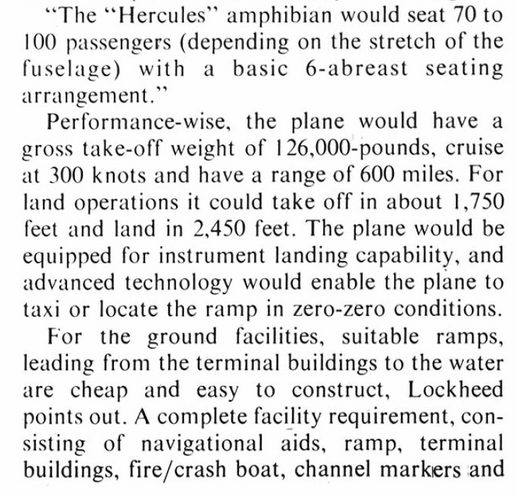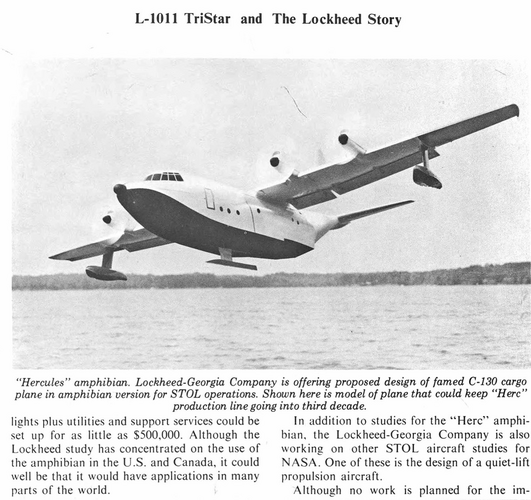D
Deleted member 2278
Guest
Leaving aside the concerns about what sea state will permit operations, I'm curious what they are going to use as a lead-in trainer for this. Even with a sea within tolerance (how often will that be? Alright, I can't leave it aside!), it will require careful handling of the aircraft. That's a lot more surface area, metacentric height and engines to handle than a Cessna Caravan after-all. I'd want a long run-up to IOC for sure.
I was going to ask would a US-2 purchase not have been better but I suppose it is to do with vehicle deployment, RIBs etc. It's a loooong way down though....
If you can drag a CV-22 with a KC-10, do you really need this? It's bigger and faster than an Osprey, although with those floats, how much faster? Enough to justify the risk I suppose but I'd like to see the performance metrics myself. It will certainly be faster and more "riskable" (though less stealthy) than a SSN. It still strikes me as an odd decision though, at least on the surface, this late in the Hercules' day.
I was going to ask would a US-2 purchase not have been better but I suppose it is to do with vehicle deployment, RIBs etc. It's a loooong way down though....
If you can drag a CV-22 with a KC-10, do you really need this? It's bigger and faster than an Osprey, although with those floats, how much faster? Enough to justify the risk I suppose but I'd like to see the performance metrics myself. It will certainly be faster and more "riskable" (though less stealthy) than a SSN. It still strikes me as an odd decision though, at least on the surface, this late in the Hercules' day.





